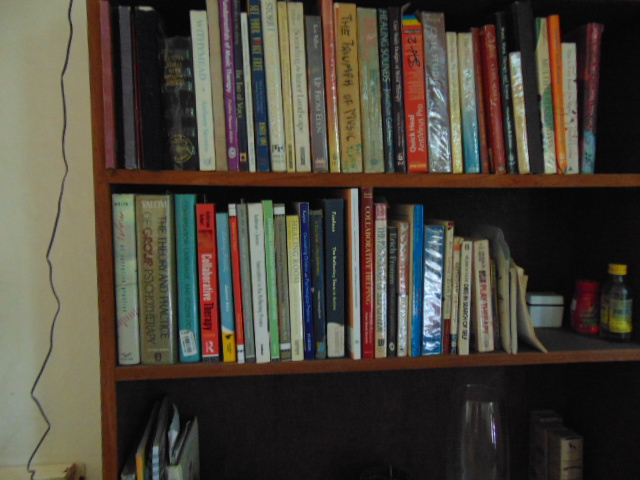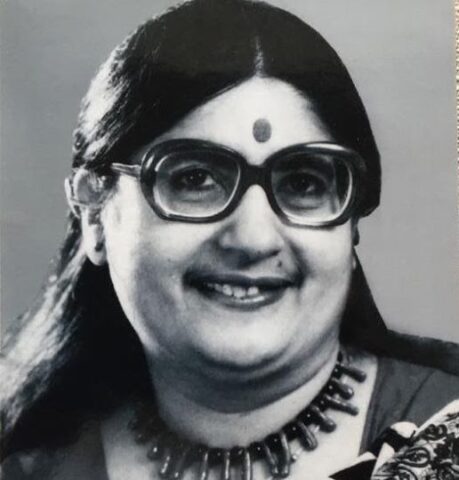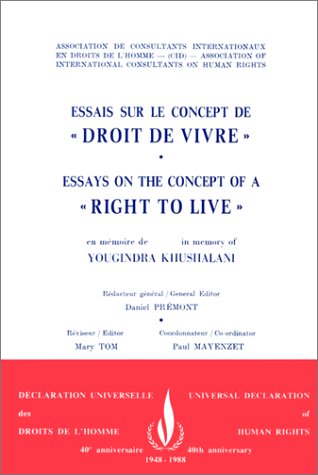‘Recovery’ in mental health a human rights issue
It may be a common sense assumption that when someone enters the world of treatment for their emotional or mental health issues their intention is to be relieved of their suffering, emerge healed and whole from the treatment. But does it really happen? Is there any way to know how many people actually exit the (mental health) system? Is anything going on in the treatment process that can actually lead to someone’s recovery?
By and large experiences of vast numbers of people are that once they enter into the system they are told by psy-professionals (and other medical professionals) of all hues that they would now have to rely on psychiatric medication for the rest of their lives. This insistence on medication, which is borne out of the agreed upon knowledge which all psy-professions draw from, invalidates the day-to-day suffering of people into a predetermined ‘illness’ category, complete with a diagnosis and prognosis. In 2019, I wrote this article which can be downloaded or read here or here which problematizes this aspect of treatment and questions what the goals of such treatment are.
It may be common sense assumption that when someone enters the world of treatment for their emotional or mental health issues their intention is to be relieved of their suffering, and emerge healed and whole. But does it really happen? Is there any way to know how many people actually exit the (mental health) system? Is there anything going on in the treatment process that can actually lead to someone’s recovery?
Research suggests that recovery is mostly not a goal psy-professionals target when they start treating people for their mental health issues. For most people the starting of treatment itself is ‘recovery’ because according to professionals the fact that people’s suffering has been recognized is itself a great victory over their ignorance: of being a mere suffering, while it is actually a real ‘illness’. However the truth from a ‘patient’s’ perspective is that until people take pharmacological treatments they believe themselves to be ‘ill’ or ‘sick’ and therefore not quite recovered. From the ‘patients’ ‘ position it is the ending of the treatment process and exiting psychiatry that counts as real recovery, not interminable treatments. Whether or not mental illness is a real illness is itself a topic of big discussion and debate, which I postpone for another location as of now.
Knowledge about recovery missing

When there is a gap in the social knowledge about a situation it has consequences; both for individuals, families and society as a whole. For example until penicillin was discovered by Alexander Flemming, a number of people would die for reasons as simple as flu or pneumonia. Antibiotics gave a new lease of life to people around the world and heralded a new era which cumulatively brought newer efforts that prolonged human life expectancy.
In the context of mental health when people are not aware that they can recover and they choose instead of continue taking medication, their lack of information is a knowledge or information gap. Instead of recovery their bodies become sites for testing newer drugs, yet no advancement produces the desired ‘cure’. When drug treatments continue for decades people not only become chronic patients, they also slowly develop co-morbid conditions such as thyroid malfunctions, liver damage, akathisia (I have written about it here), seizures, lupus and scores of other conditions, not to mention the ‘regular’ issues of hypertension, diabetes etc.
A lack of information about the possibility of recovery, which leads to never ending treatments is the issue addressed here. This knowledge or the lack of it, also called epistemic ignorance in research, becomes an issue of justice first of all. When people have unequal access to information in society, even though we live in the information age: the internet having created unprecedented possibilities for diffusion of ideas, only the idea of rising incidence of mental health issues are widely publicized, especially by the media and myriad psy-professionals. Treatments that do not end and progressively disable people, making them socially outcast and confined to their domestic spheres become an issue of justice- for what then are these treatments intended for?
Why human rights issue
When a patient or their caregiver is told by a psy-professional that their treatment is for life more often than not they do not question it, but accept the ‘diagnosis’ as a truth or fact. Treating people and the inability to produce a healing or cure, or letting them exit psychiatry by supporting drug withdrawal is not common or heard of. Long periods of remaining on these drugs makes people more and more disabled and socially marooned for they lose the confidence to deal with life, situations and other people.
The information of recovery is a right to knowledge about the idea of recovery. It is a right of every person who is on drug treatments to know how long their treatments would be and what alternatives exist. Until people do not realize that their interests and rights are being compromised if they continue taking drugs passively it will not help them, while pharma corporations will keep making steady incomes and rising profits. This is a gap of knowledge which can only be filled by people who have taken the path of recovery or who understand the injustice of denying people the knowledge about their mind and body. In one of my future pieces I will write about how the new Mental Healthcare Act of 2017 also does NOT support recovery and ensures people remain ‘patients’ ad infinitum, once they enter into the mental health system (that being the work I did for my doctorate)
Thank you for reading. If there is something more you would like to know about recovery from mental health challenges, or have a personal concern, you are welcome to post a query or comment in the comment box below. Prateeksha would be happy to respond to it, if necessary, even with a new blog post.

